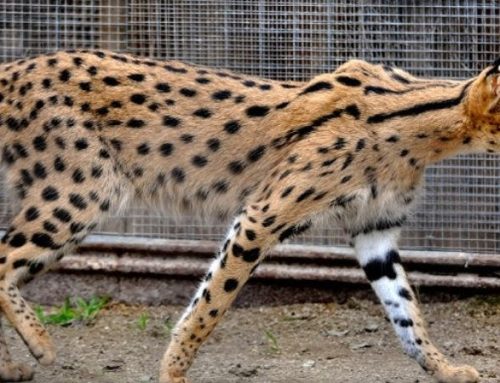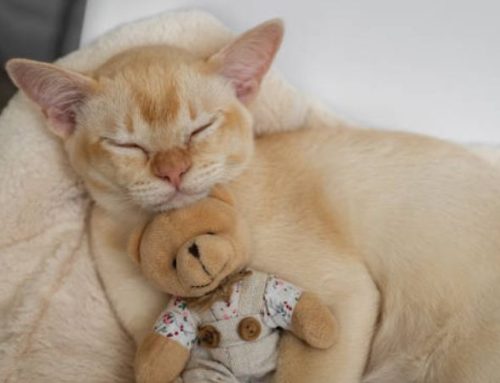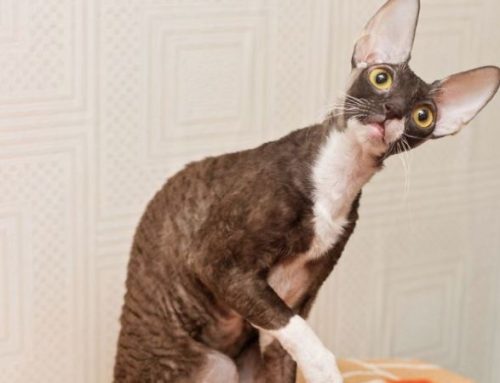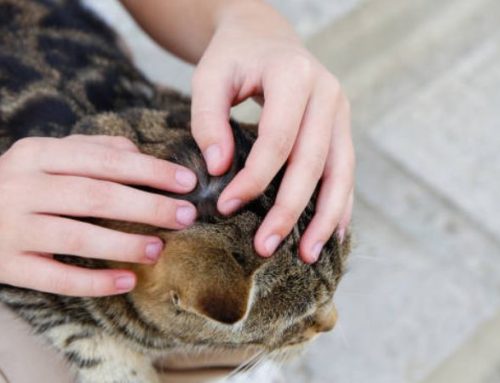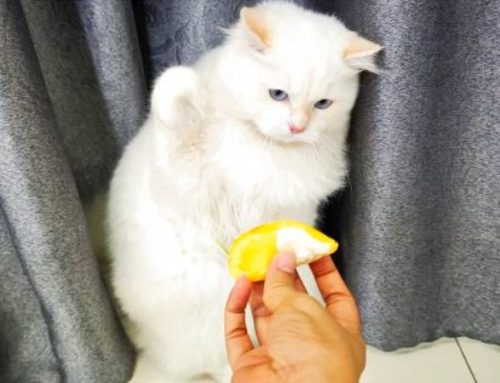Living with a male cat can raise a lot of questions, especially when it comes to their behavior around females in heat. But what about after neutering—can male cats still go “into heat,” or does the surgery put an end to those hormone-driven habits? In this article, Nexus-pets takes a closer look at what really happens after neutering and what cat parents can expect.
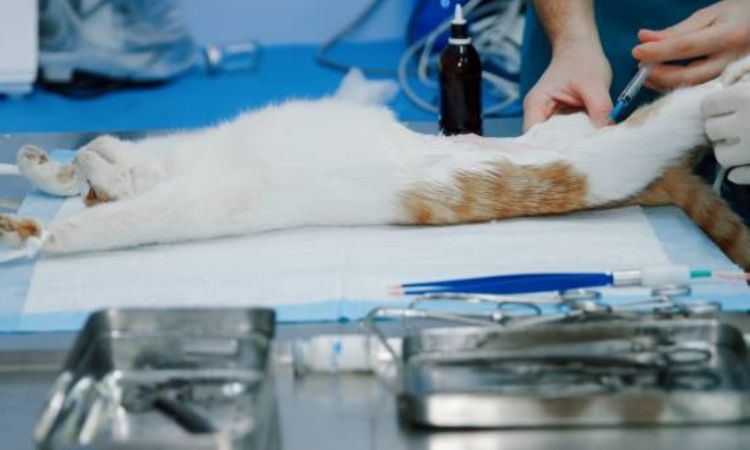
Understanding “Heat” vs. Male Cat Behaviors
“Heat” refers to the estrus cycle in female cats, a recurring period when they are fertile and receptive to mating. It is driven by hormonal changes and usually occurs several times a year. During this time, cats may show noticeable signs such as increased vocalization, restlessness, affectionate rubbing, and specific postures like crouching with the tail raised to invite mating.
Male cats do not experience a heat cycle. Instead, their behaviors are influenced by testosterone and are often triggered by the presence or scent of a female in heat. Unlike the female’s cyclical fertility, these behaviors can occur at any time.
Common behaviors of unneutered male cats include:
- Urine spraying with a strong, pungent odor to mark territory.
- Roaming or attempting to escape the home in search of a mate.
- Increased aggression and frequent fighting with other males.
- Loud, persistent vocalizations (yowling), especially when they detect a female in heat nearby.
The Impact of Neutering
Neutering, also called castration, is the surgical removal of a male cat’s testicles. This procedure stops the production of testosterone, which is the main male sex hormone. By removing the source of testosterone, neutering has a direct impact on both physical and behavioral traits.
One of the most noticeable benefits is the reduction or complete elimination of hormone-driven behaviors. These include urine spraying to mark territory, attempts to roam in search of mates, and aggressive fighting with other cats. Many cat owners find that neutering helps create a calmer and more manageable pet.
It is important to understand that behavioral changes do not always occur overnight. While some improvements can be seen almost immediately, residual hormones may remain in the cat’s system for several weeks. During this time, certain behaviors may still appear, but they usually diminish gradually as hormone levels decrease.
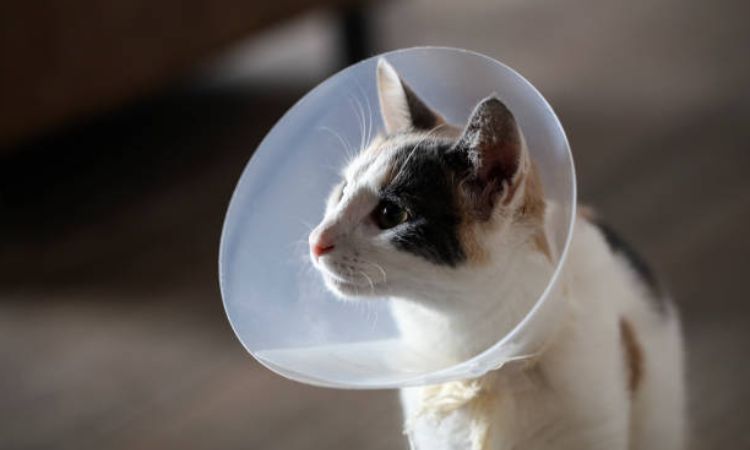
Why a Neutered Male Cat Might Still Exhibit Mating-Like Behaviors
It can be surprising—and sometimes concerning—for cat owners when a neutered male continues to display behaviors that seem sexual. It’s important to understand that these actions do not mean your cat is “in heat,” nor do they necessarily indicate hormone-driven mating urges. Many of these behaviors are non-hormonal and can be explained by instinct, learned habits, or environmental triggers.
Common Non-Hormonal Behaviors
- Mounting or “Humping”
Mounting is often mistaken for sexual activity, but in neutered males, it usually reflects dominance, excitement, or play behavior. Some cats learn this behavior during kittenhood, and it can persist even after neutering. Humping may occur during energetic play or in response to other animals, objects, or even humans, rather than from any sexual desire.
- Urine Marking (Spraying)
While spraying is classically associated with testosterone, some neutered males continue this behavior for reasons unrelated to sex. Stress, anxiety, environmental changes, or habits formed prior to neutering can all trigger urine marking. Breaking this behavior typically involves patience, training, and providing secure, enriched surroundings for your cat.
- Response to a Female in Heat
Even though a neutered male cannot reproduce, he may still react to the scent of a nearby female in estrus. Cats are highly sensitive to pheromones, and the smell of a female in heat can provoke behaviors such as increased vocalization, attention-seeking, or even attempts to mount. This reaction is instinctive rather than sexual, and usually diminishes once the stimulus is removed.
Understanding that these behaviors are often normal, non-hormonal reactions can reassure cat owners and guide strategies for managing or redirecting unwanted actions.
A neutered male cat will not go into heat. This is because ‘heat’ is a term exclusively for the female cat’s reproductive cycle, and neutering removes the hormones that drive mating behaviors in males. While some non-sexual, learned behaviors may persist, neutering effectively eliminates the hormonal drive, leading to a calmer and healthier cat.


